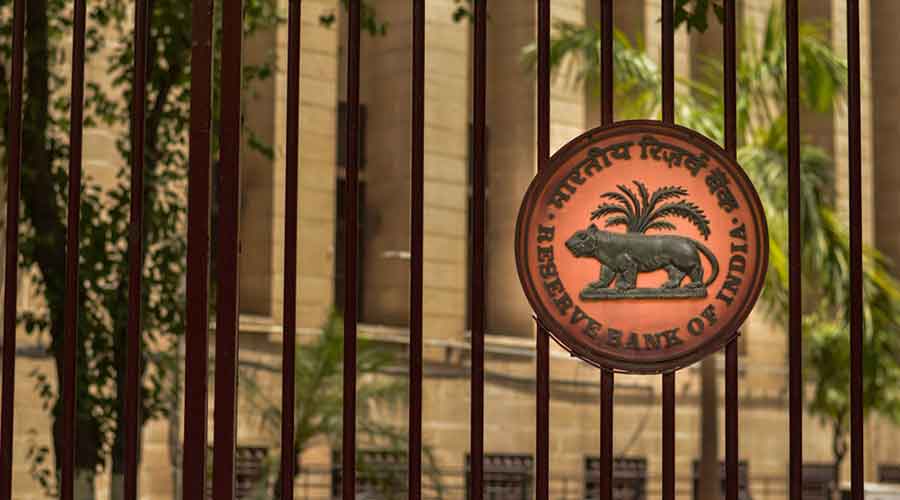The policy wonks on Mint Street have finally turned hawkish. The six-member monetary policy committee of the Reserve Bank of India has signalled a clear shift towards a higher interest rate regime in a somewhat roundabout manner. The key policy interest rates — the repo and the reverse repo — have been left unchanged at 4 and 3.35 per cent, respectively. But the MPC has decided to set a floor rate for the liquidity adjustment facility corridor for the first time with the introduction of a standing deposit facility rate at 3.75 per cent. The LAF regime has underpinned the country’s monetary policy ever since it was introduced in June 2000. Banks used to park their surplus funds with the RBI at the lower reverse repo rate. They will now do so at the higher SDF rate.
The RBI has been under pressure to raise the reverse repo rate for some time. It chose not to do so, opting to introduce the concept of the SDF that an internal working group of the RBI had first proposed way back in 2003. The obvious question is this: is the reverse repo effectively dead? The RBI says it is not. The former RBI governor, Urjit Patel, had recommended in his 2014 report that the reverse repo ought to serve as the sole policy rate signalling device. He suggested that the reverse repo ought to be used to soak up daily surplus liquidity to ensure that rates in the money market — where banks borrow from each other — do not fall below the policy rate. The call money rate is currently at 3.27 per cent, below the reverse repo. The central bank is expected to follow Mr Patel’s advice but has not explicitly said so yet.
The other big change is the end to the equivocation between inflation and growth. Inflation is now top priority; the RBI is prepared to sacrifice growth. It has also proposed a multi-year plan to roll back liquidity surplus, currently at Rs 8.5 trillion, with a possible return to the pre-June 2019 neutral policy stance. In one sense, the central bank is hewing closer to its mandate of managing inflation, which must be kept within a band of 2 to 6 per cent. Retail inflation has already climbed to 6.1 per cent and is likely to head higher amidst the Ukraine crisis that has driven up crude oil prices and triggered another supply side shock. The central bank has raised its inflation forecast for this fiscal to 5.7 per cent from 4.5 per cent earlier and trimmed its growth outlook to 7.2 per cent from 7.8 per cent. Both forecasts are fraught with risk. It is predicated on the assumption that the Indian crude oil basket will hover at $100 per barrel and that the world economy will grow at 3.5 per cent this year and the next. There is a fog of uncertainty over such suppositions. The crisis will not abate until peace first prevails.










